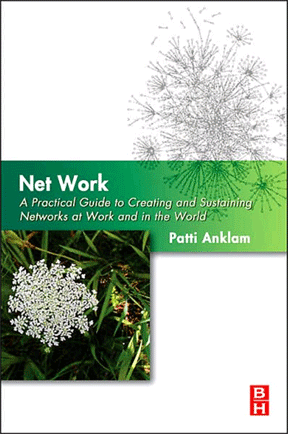Via my friend Art Hutchinson this morning, I followed a link to an article in The Edge, a conversation with Nicholas Christakis. Dr. Christakis, with his colleague James Fowler, were the authors of the research paper published last year on the spread of obesity in networks in the New England Journal of Medicine. The research made the front page of the New York Times.
This work is truly boundary-crossing. Beginning with a physician’s interest in how disease, health, and happiness spread through social networks, Christakis’ intellectual inquiry has brought him to the fundamental questions of how networks form and how things flow through them. He describes how models of health spread via behaviors (copying what those near us do), norms (observations about others that modify our expectations), and ideology (knowing what is right). His research indicates that it’s the norms that are most influential because, as he says, “they can fly through the ether” whereas for behaviors to propagate we need to be physically together.
He echoes many of the themes I’ve developed in my book (Net Work): one of the the things that I have been saying for years is that the key distinction of this 3rd generation of knowledge management is that knowledge is in the network. (In generation 1, we assumed knowledge was in artifacts; in generation 2 it was in people.) Christakis comes to the same conclusion with respect to the shift in the study of neurons and the work of Barabasi: “Can we understand learning and behavior not by studying the neurons, but by studying the interconnection between neurons?”
The obesity data came from 24 years worth of data (paper) collected by the Framingham Heart study. He is now shifting the focus of his work to what he calls the “massive passive” technologies — the Web 2.0 tools and social network sites where we leave our “digital traces.” A current study is a longitudinal look at the spread of norms, tastes (in music, movies, or books), and shifting social structures.
The article is the text version of a video of Christakis’s comments (the video is also available on the site). Worth a read or a watch.


